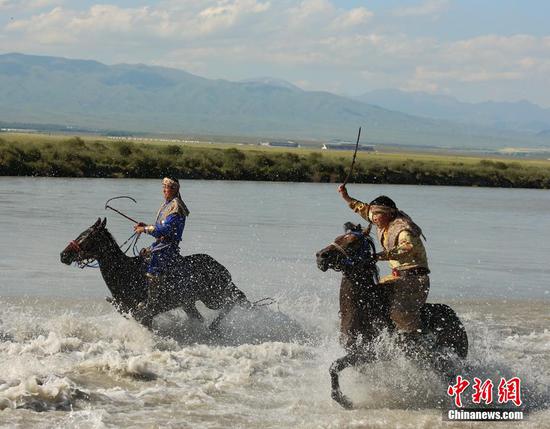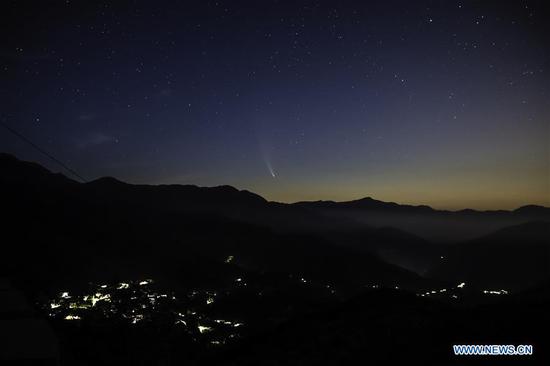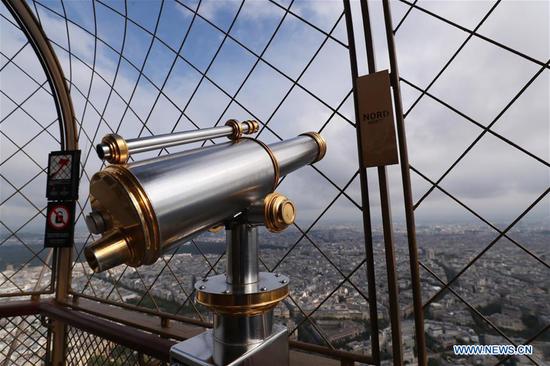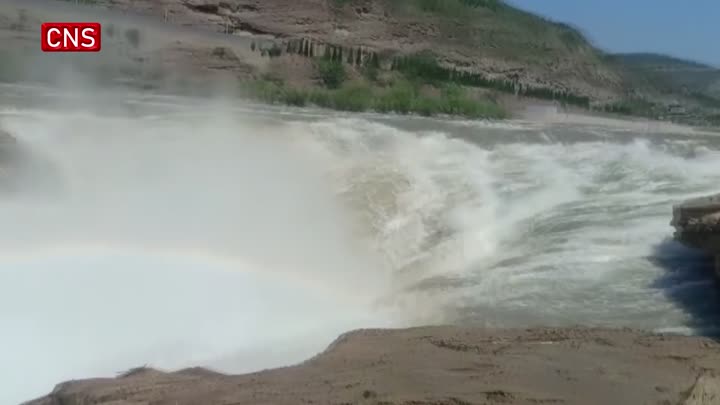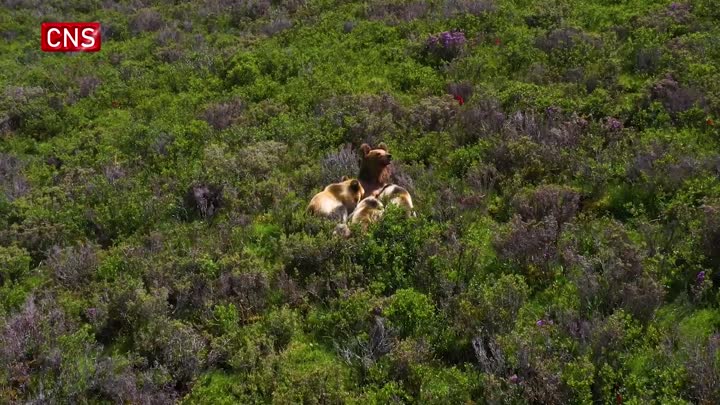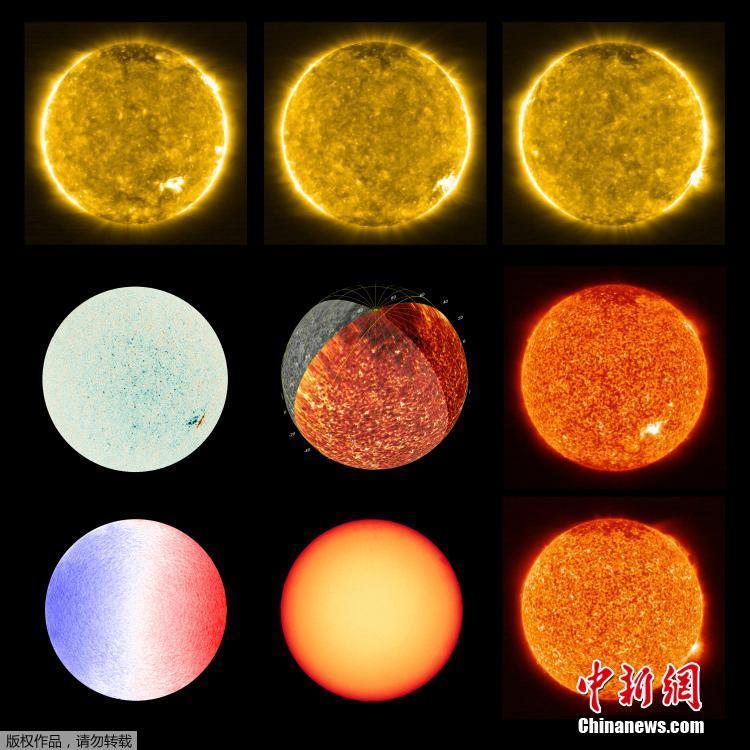
Images of the Sun are seen in a combination of photographs released by NASA. The European Space Agency's (ESA) Solar Orbiter blasted off from Florida's Cape Canaveral in February and completed its first flyby of our star last month, sending back unprecedented images of phenomena close to its surface. (Photo/Agencies)
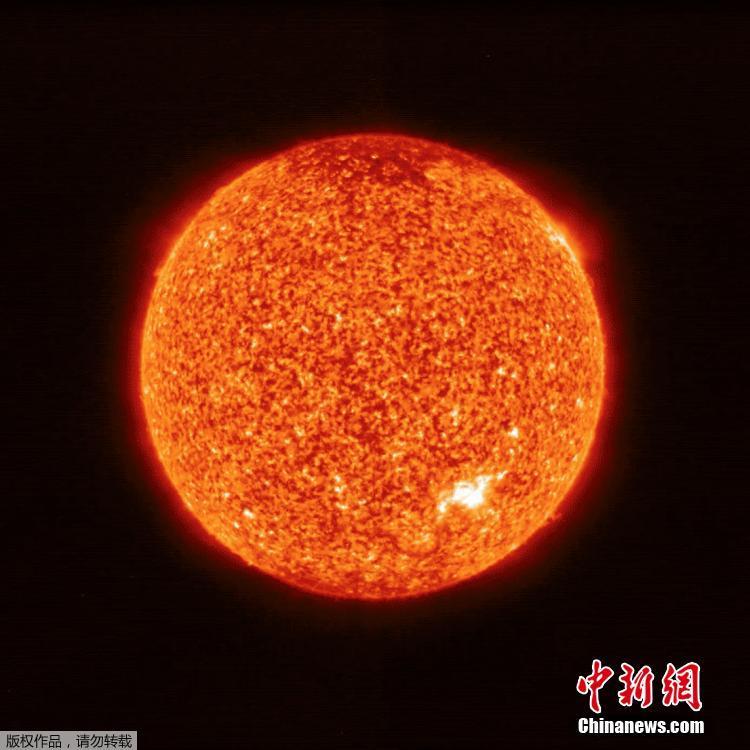
The first images from ESA/NASA's Solar Orbiter are now available, including the closest pictures ever taken of the Sun. Solar Orbiter is an international collaboration between the European Space Agency, or ESA, and NASA, to study our closest star, the Sun. (Photo/Agencies)

The first images from ESA/NASA's Solar Orbiter are now available, including the closest pictures ever taken of the Sun. Solar Orbiter is an international collaboration between the European Space Agency, or ESA, and NASA, to study our closest star, the Sun. (Photo/Agencies)

The first images from ESA/NASA's Solar Orbiter are now available, including the closest pictures ever taken of the Sun. Solar Orbiter is an international collaboration between the European Space Agency, or ESA, and NASA, to study our closest star, the Sun. (Photo/Agencies)

'Campfires' annotated with white arrows, are seen in a combination of the closest images ever obtained of the Sun, released by NASA

The first images from ESA/NASA's Solar Orbiter are now available, including the closest pictures ever taken of the Sun. Solar Orbiter is an international collaboration between the European Space Agency, or ESA, and NASA, to study our closest star, the Sun. (Photo/Agencies)

A high-resolution image of the Sun is shown. The circle in the lower-left corner indicates the size of Earth for scale. The arrow points to features of the solar surface called 'campfires'. (Photo/Agencies)










